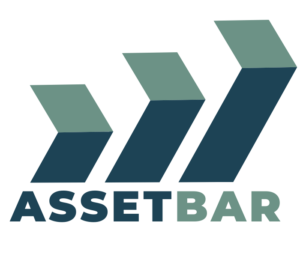These days, small businesses live and die on their ability to drive organic traffic to their web pages and provide an optimal user experience. Everything from keyword use in your URLs and new content to your website architecture and usability impacts your website’s placement on search engine results pages (SERPs).
Digital marketing is as technical as it is creative. It requires having the right tools and tactics to maximize your website’s potential. Search engine optimization (SEO) and information architecture (IA) are two disciplines dedicated to driving traffic to your website and providing a great user experience (UX) for website visitors. Continue reading to learn how these two digital marketing tactics marry content and site structure optimization to help small businesses grow.
What are SEO and IA?

Search engine optimization is a discipline that’s grown rapidly over the past decade. SEO encompasses tools and best practices that aim to improve a website’s search engine rankings and domain authority and drive organic traffic. This includes consistently creating new content and using keyword research to optimize content for search engine crawlers and other tactics to help your website rank high in search results.
Information architecture strives to create a positive UX by ensuring users can navigate from your website’s home page to the piece of content they’re looking for. This includes optimizing internal links so users land where they should when they click the button for a category page. Next, we’ll look at how information architecture and SEO work together to improve search engine rankings and provide a great user experience.
How are these two disciplines related?

Information architecture and search engine optimization are different disciplines, but they have a lot in common. In fact, optimizing your site’s architecture enhances the efficacy of good SEO by making it simpler for users to find specific topics and related content.
Let’s say you’ve recently added a blog post to your website. You did keyword research for this new piece of content and even placed the keyword in the header. Everything looks great, except you don’t have a parent category for blog content. A common mistake content publishers make is posting their content on unrelated category pages. That’s why you need a site architect to devote different sections of the site to important pages for specific content, making it easier for users and crawlers to find. Any SEO expert will tell you that SEO and IA go hand in hand.
How can they help grow your business?
So, how can SEO and IA help grow your business? We’re glad you asked. SEO is a cost-efficient way to increase organic traffic and improve your search engine rankings, which is a big deal since e-commerce sites rely on their ability to attract potential customers to their websites.

However, even SEO best practices are no match for poor information architecture, which is why it’s critical for your site’s architecture to point visitors in the right direction. Good site structure supports good SEO by providing a great customer experience, increasing your digital marketing ROI.
IA and SEO are essential to achieving your digital marketing goals and maximizing your website’s potential to drive organic traffic. SEO is a set of tools and best practices that help improve online visibility and domain authority while information architecture systematically prioritizes and catalogs information and content. Effective IA supports your SEO strategy by making content easier to access and more user- and search engine-friendly.
With the help of the right SEO agency, you can implement a comprehensive SEO and IA strategy with content that engages and a site architecture that’s easy to navigate. A digital marketing strategy that doesn’t incorporate search engine optimization and information architecture is a shot in the dark.





